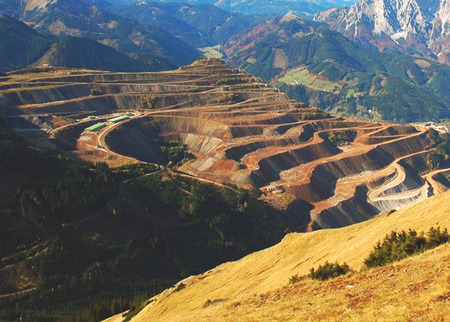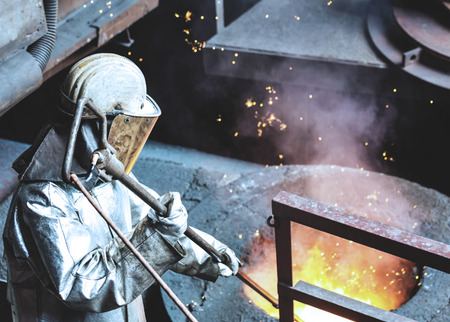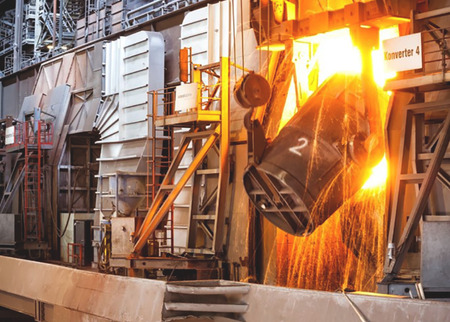Almost 70 years ago, voestalpine developed the breakthrough technology Linz-Donawitz converter process, which enabled the large-scale and rapid conversion of pig iron into crude steel. This technology is still used and about 70% of the worldwide steel production is made by this technology.
More than 140 years of technical experience combined with the most modern equipment make us a steel manufacturer with premium quality. The high level of product quality across all stages of the value chain is the result of continuous improvement of all production processes.




